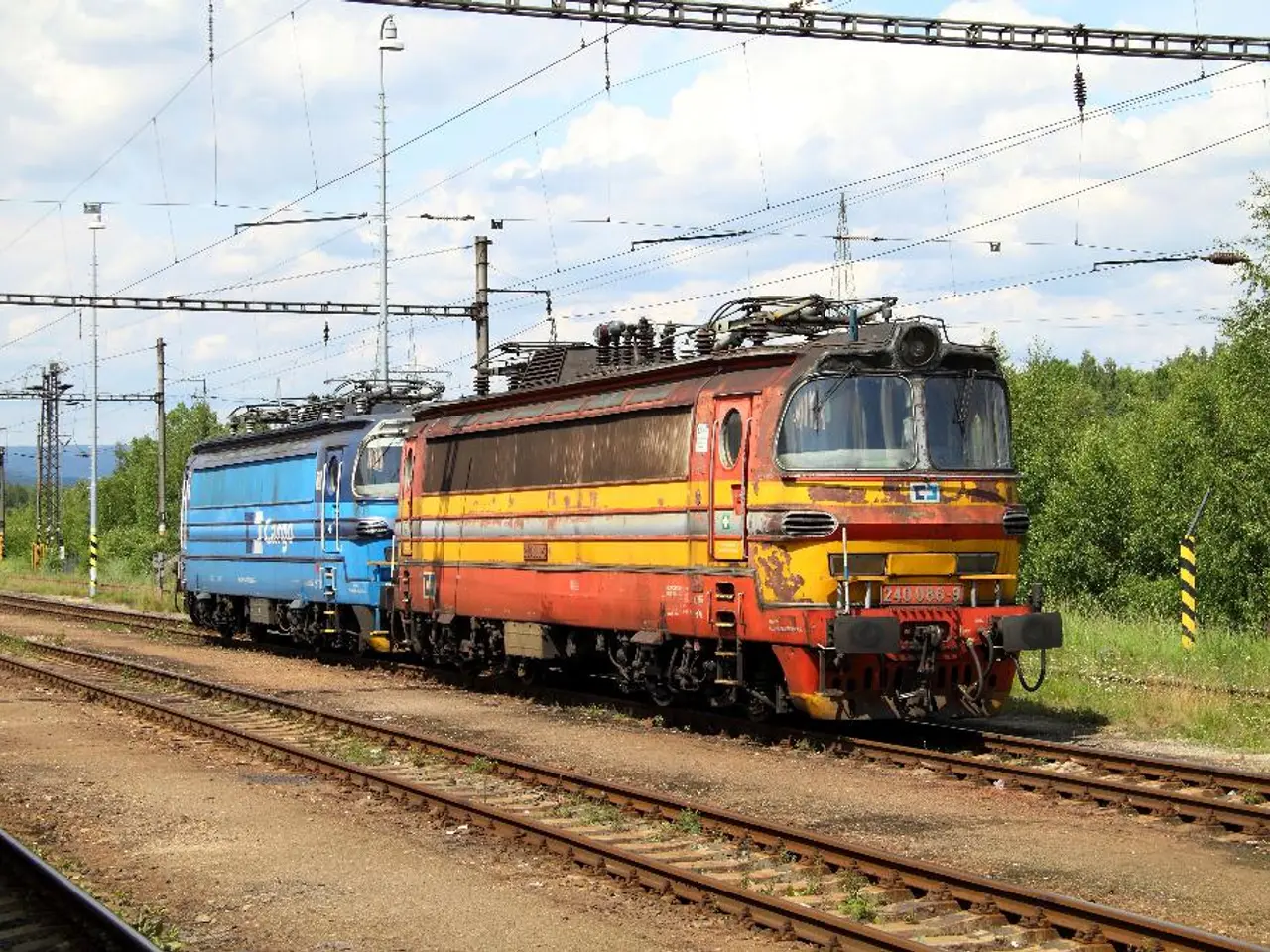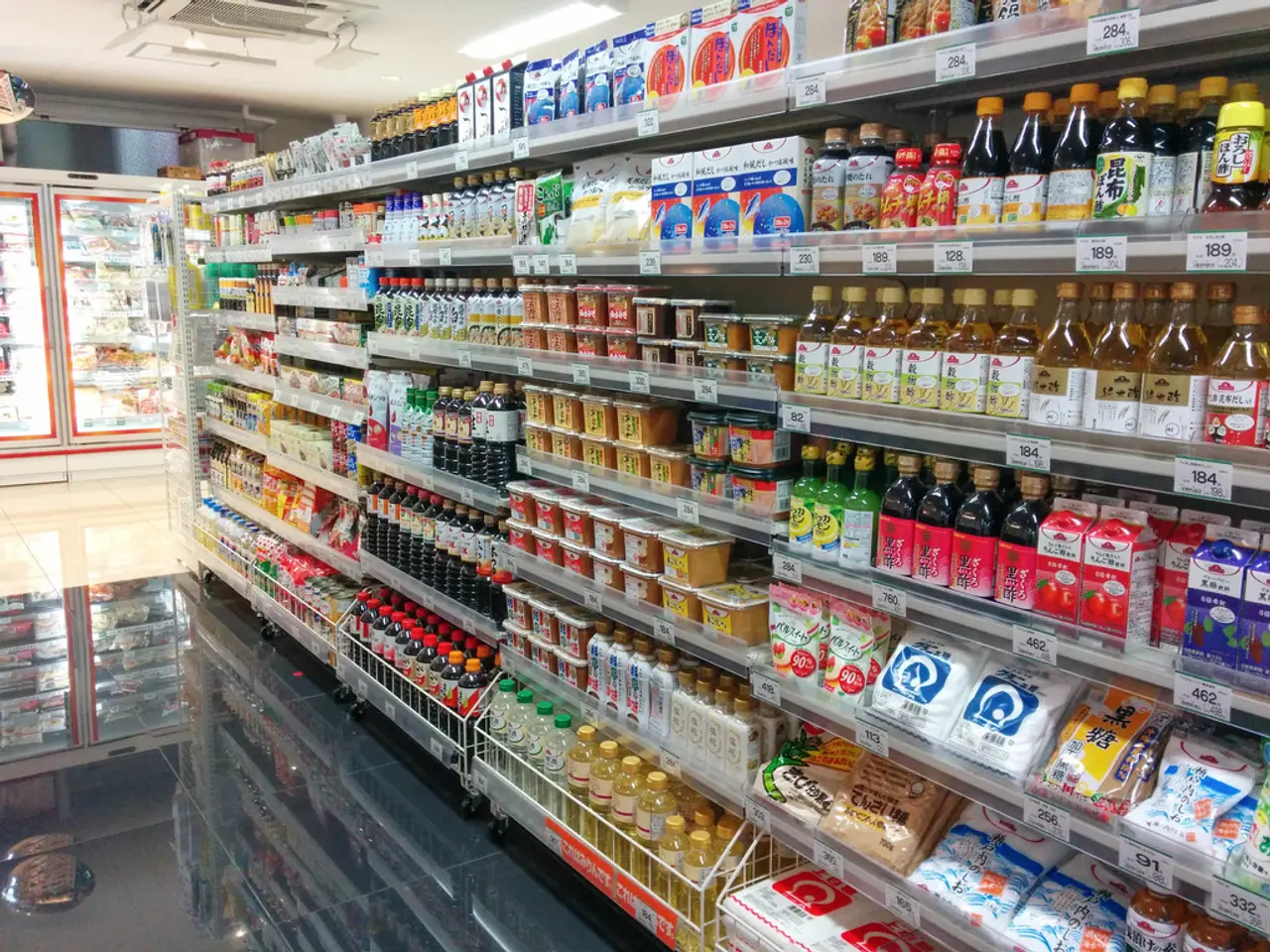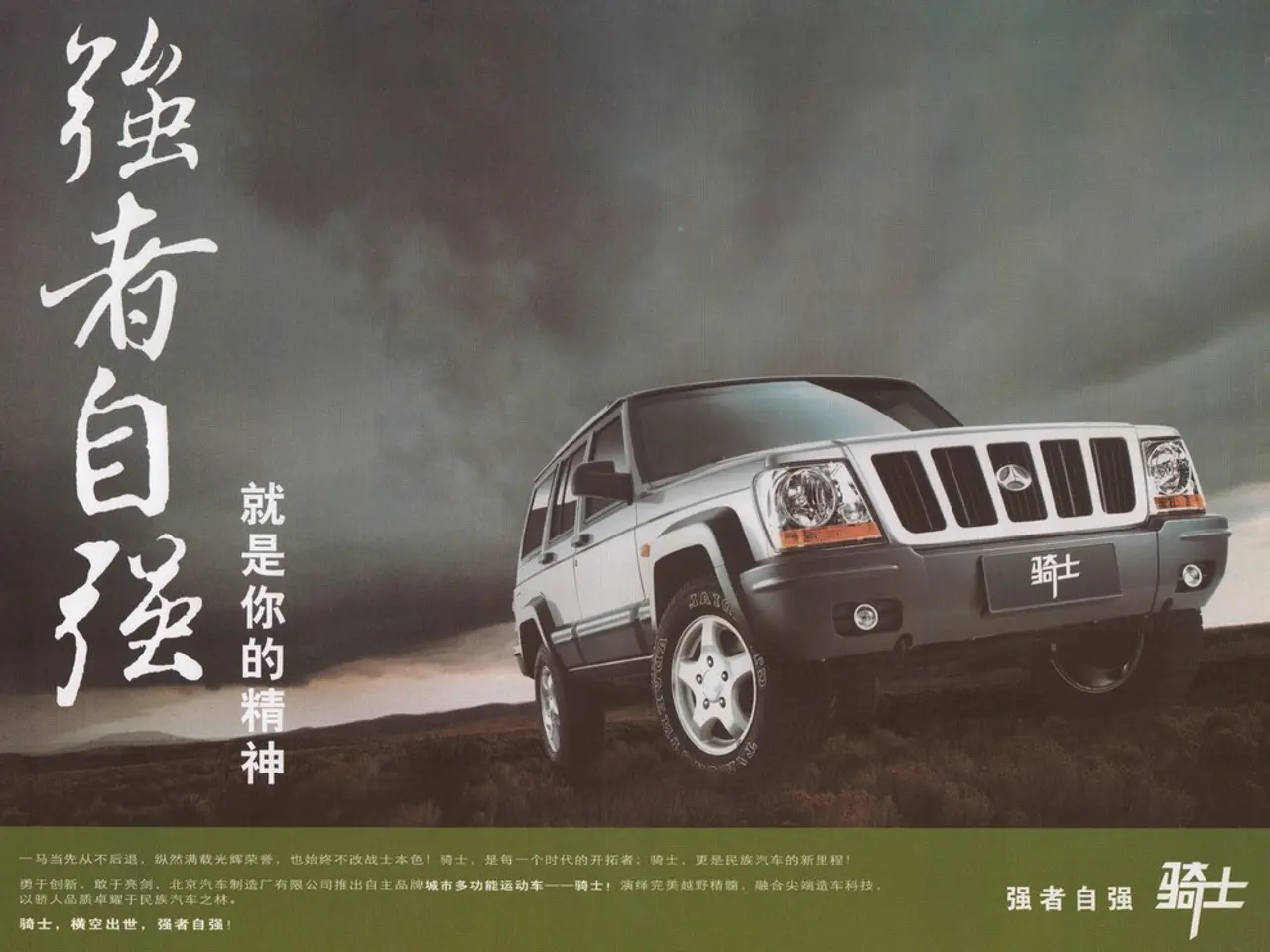Railway firms in Japan explore carbon-neutral train journeys through hydrogen fuel cell-powered trains.
Japan Pushes Forward with Hydrogen Train Development
Japan is making strides in the development of hydrogen-powered trains, focusing on fuel-cell technology with trials set to begin soon and commercial deployment targeted around 2024 or shortly thereafter.
East Japan Railway Company (JR East) is at the forefront of this initiative, having invested in a two-car hydrogen fuel-cell trainset developed in collaboration with Toyota. The aim is to start trials by the early 2020s and achieve commercial viability soon, leveraging Toyota's experience with hydrogen fuel cells from their Mirai vehicles.
However, large-scale commercial use of hydrogen trains still faces regulatory challenges. While Japan is advancing with hydrogen train technology, regulatory frameworks must adapt to facilitate wider operation. Hydrogen infrastructure, especially a stable supply chain, is crucial for these trains’ success.
To support hydrogen supply, Japan is also engaging in cross-sector collaborations. Notably, Japanese entrepreneurs plan to establish a green hydrogen production center in Uttar Pradesh, India, as part of efforts to expand renewable hydrogen use globally. This center aims to foster technology development and create a supply base for hydrogen fueling, supporting future hydrogen mobility initiatives including trains.
West Japan Railway Co. (JR West) is considering the introduction of hydrogen fuel-driven trains in the early 2030s. They envision collaborations with local governments and private companies to provide hydrogen for various vehicles beyond the JR Group companies.
Central Japan Railway Co. (JR Tokai) also aims to reduce CO2 emissions from its diesel oil-fueled trains by transitioning to biofuels. JR Tokai has conducted a test run on the main track of its Kisei Line and plans to continue working with the central government and other JR companies to verify the practicability of biofuels usage for trains.
Meanwhile, Seibu Railway Co.'s Yamaguchi Line has been pilot-testing the use of electricity generated by solar power for the past two years, and 11 other lines will also use this "non-fossil" energy from January. Starting in January, all electricity used on Seibu Railway Co.'s 12 railway lines will come from renewable energy sources. By doing so, CO2 emissions from Seibu Railway Co.'s train service operations will fall to net zero.
The Japanese government intends to review related regulations to facilitate the spread of such trains. Some railway operators are calling for unified laws and regulations to facilitate the widespread use and commercialization of hydrogen-run trains. Present laws and regulations do not assume hydrogen as a source of power for railways, with hydrogen tanks and train bodies regulated separately.
The hydrogen fuel cell trains are expected to help cut CO2 emissions and boost the decarbonization of society. With Switzerland, the United Kingdom, China, and other countries leading the development of hydrogen trains, Japan's focus on hydrogen-powered trains remains strategic for zero-emission rail transport, especially on non-electrified lines.
In summary, Japan’s hydrogen train programs are progressing with active corporate partnerships and pilots underway, but broad deployment depends on overcoming regulatory hurdles and scaling green hydrogen production through collaborations, both domestically and internationally.
- The advancement in Japanese hydrogen train development is rooted in science, particularly fuel-cell technology, which is being used to power the trains.
- The Japanese government is considering revising regulations to facilitate the spread of clean energy solutions like hydrogen-run trains.
- For a sustainable future, Japan is exploring various renewable energy sources, such as solar power, to power their trains and reduce CO2 emissions.
- To achieve widespread use and commercialization of hydrogen-run trains, it's crucial for Japan to establish a stable green hydrogen supply chain, which they are working on through cross-industry collaborations.




